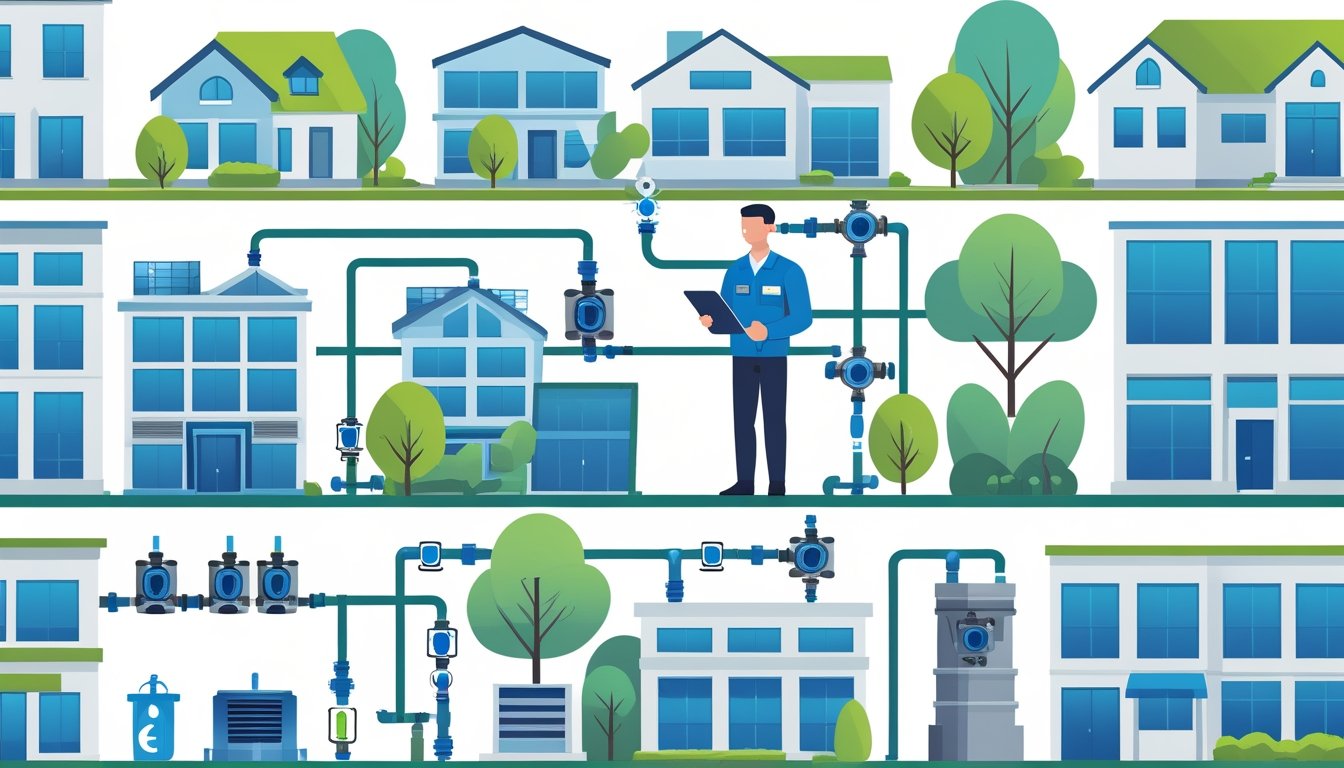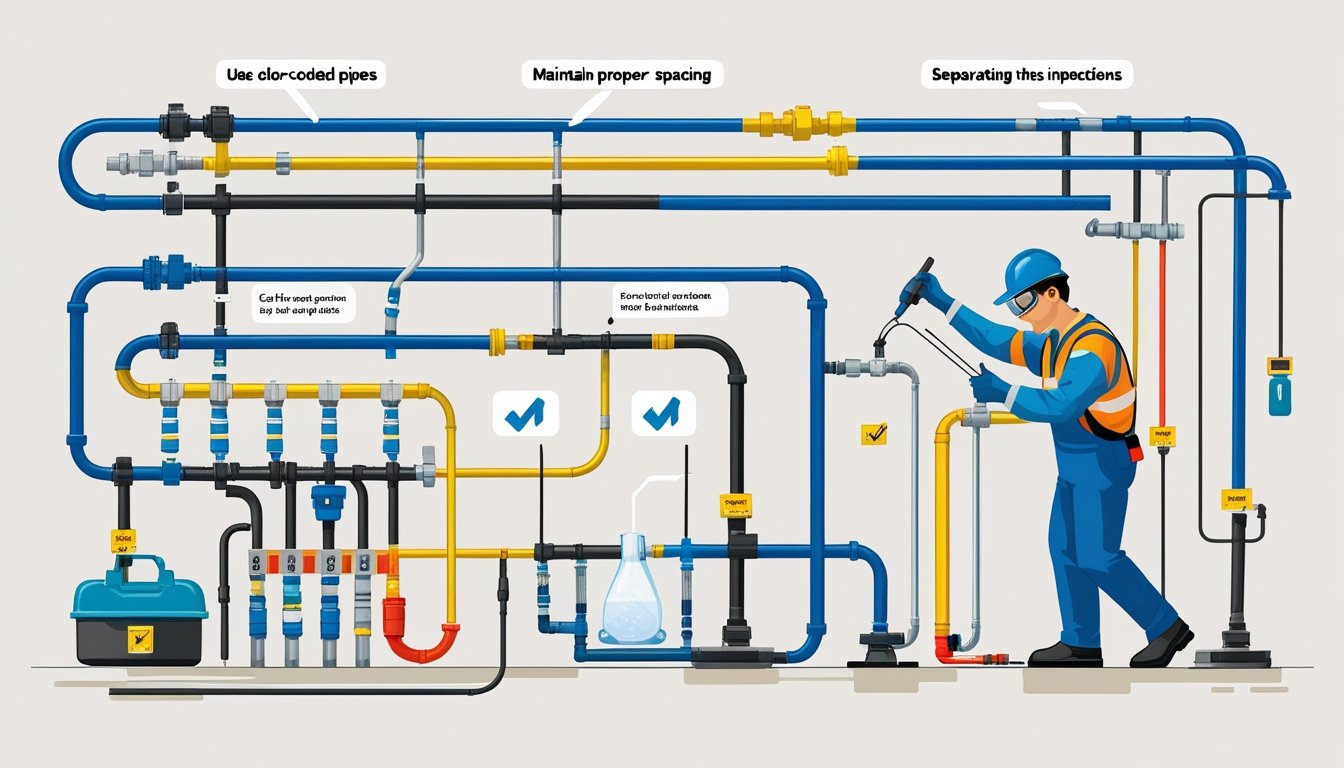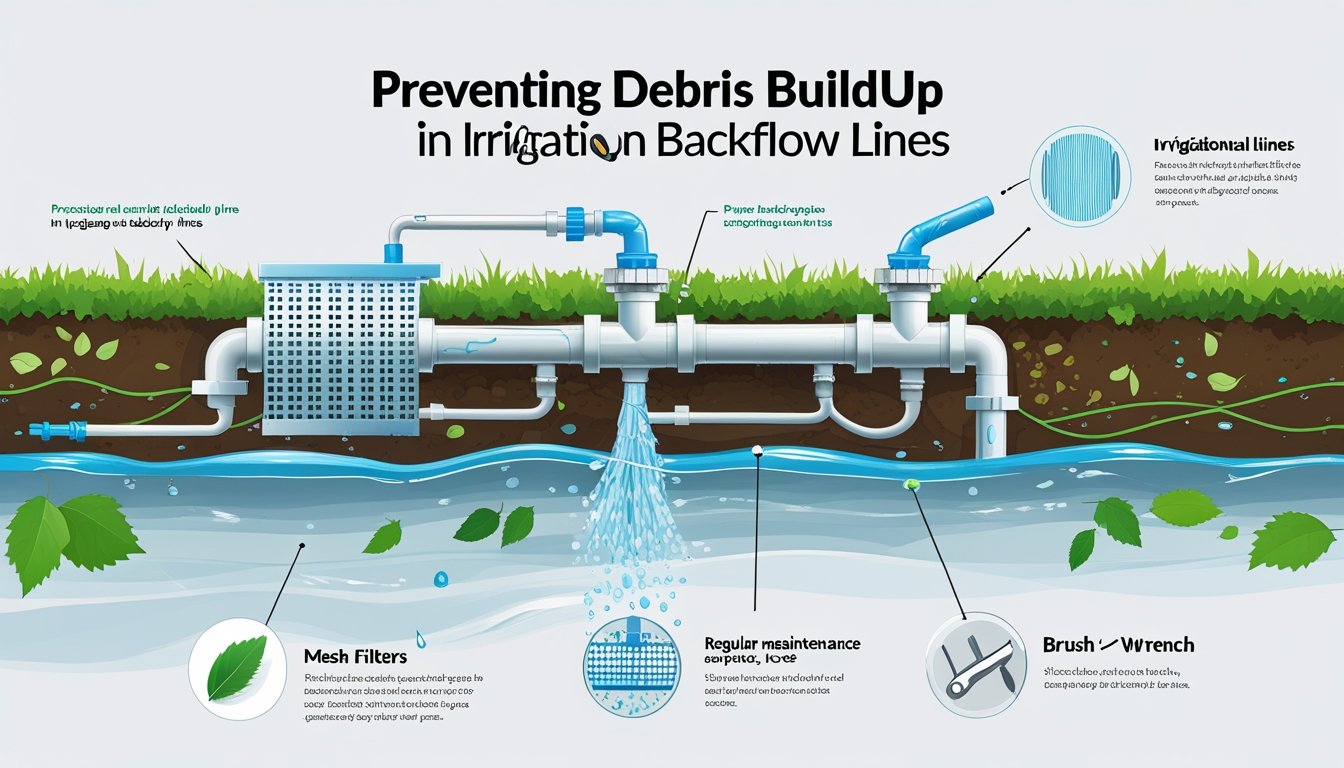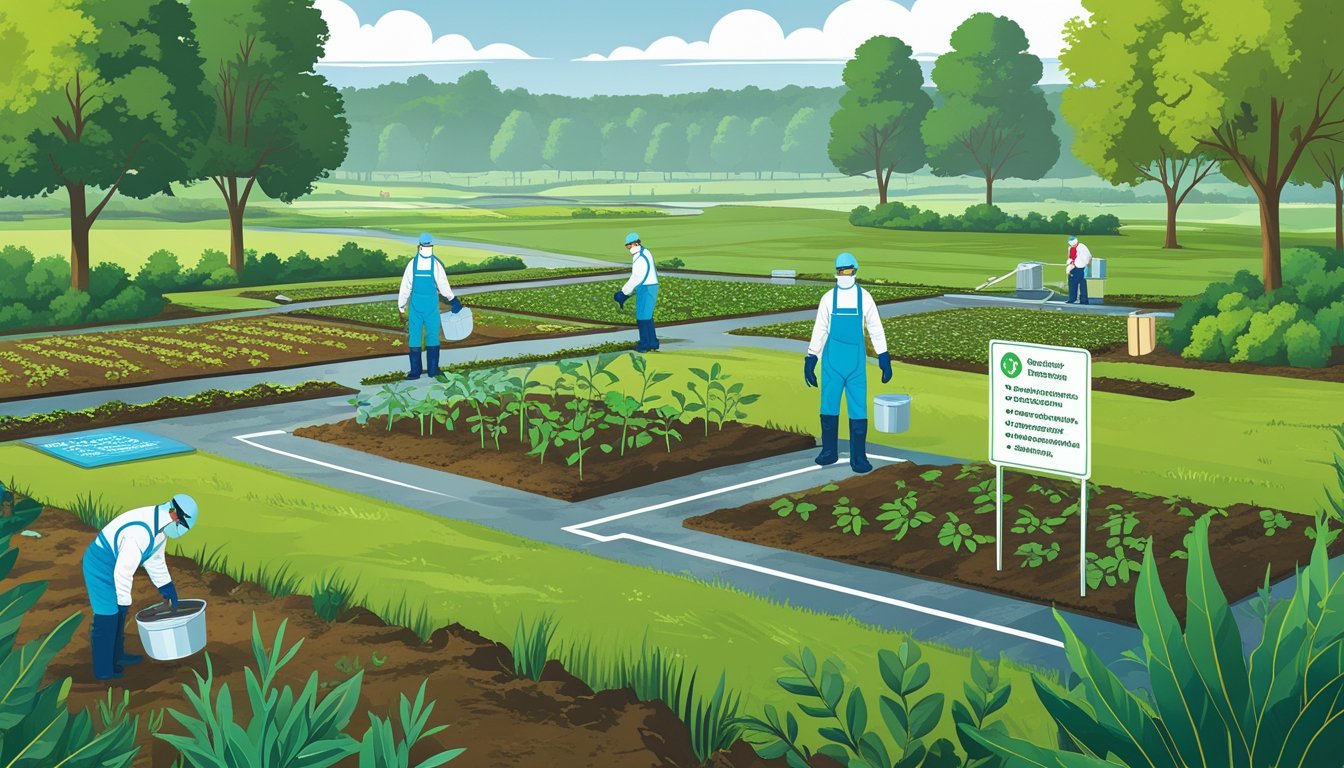Smelly drains can be a frustrating problem in any home, and the unpleasant odor often requires expert attention. While backflow problems can sometimes cause foul smells in your plumbing system, most smelly drains are caused by clogs or buildup in the pipes rather than actual backflow issues.
Backflow occurs when contaminated water flows backward into your clean water supply, which can create health risks and sometimes cause odors. However, the most common cause of smelly drains is simply the buildup of food, hair, soap scum, and other debris in your pipes that creates bacteria growth and unpleasant smells.
For most smelly drain issues, simple solutions like pouring baking soda followed by vinegar down the drain can work wonders. This natural cleaning method helps break down buildup and neutralize odors without harsh chemicals. If these remedies don't work, it might be time to consider whether you have a more serious plumbing issue that requires professional inspection.
Understanding Drain Odors and Backflow Issues
Foul odors from drains often signal problems that might be related to backflow issues. These unpleasant smells can make your home uncomfortable and potentially indicate more serious plumbing concerns.
Causes of Smelly Drains
Smelly drains typically result from several common issues. One frequent cause is a dry P-trap, which normally contains water and creates a barrier against sewer gases. When P-traps dry out, gases escape into your home, causing bad odors. Simply running water down the drain for 30-60 seconds often solves this problem.
The buildup of organic matter in drains also creates unpleasant smells. Food particles, hair, soap scum, and grease accumulate over time and decompose, producing foul odors. A simple remedy involves pouring baking soda down the drain, followed by white vinegar. This mixture helps break down buildup, and following it with boiling water can wash away the loosened debris.
Basics of Backflow Prevention
Backflow occurs when wastewater flows in the wrong direction, contaminating your clean water supply. This not only poses health risks but also creates distinct odors. Sulfur-like or sewage smells often indicate backflow problems in your plumbing system.
Backflow prevention devices are essential components that stop contaminated water from flowing backward into your clean water supply. These devices work as one-way valves that allow water to flow in only one direction. Regular testing and maintenance of backflow preventers ensure they function properly, and most local codes require annual inspection of these devices, especially in commercial buildings.
It’s important to install a proper backflow prevention system to protect your water quality and eliminate associated odors. Professional plumbers can assess your specific needs and recommend appropriate solutions.
Comprehensive Inspection and Diagnosis
Before addressing smelly drains, a thorough examination must be conducted to determine if backflow issues are the root cause. Professional inspections can reveal whether contamination from backflow or simple drain blockages are creating those unpleasant odors.
Conducting a Backflow Test
A backflow test is essential for determining if contaminants are entering your water supply from external sources. During this test, a certified tester will check if water is flowing in the wrong direction through your plumbing system. This process involves inspecting backflow prevention devices to ensure they're functioning correctly.
Certified technicians use specialized gauges to measure pressure and verify that check valves and air gaps are working properly. The test typically takes 20-30 minutes per device and should be performed annually. If backflow is detected, it could explain unusual tastes, odors, or discoloration in your water.
This contamination can happen when:
- Water pressure drops suddenly
- Cross-connections exist in your plumbing
- Backflow prevention devices fail
Identifying Common Drain Problems
Not all smelly drains indicate backflow issues, and many odors stem from common drain problems that require different solutions. Look for signs like slow drainage, gurgling sounds, or visible debris accumulation.
Typical problems include:
- Biofilm buildup: Bacteria and organic matter coating drain walls
- Dry P-traps: Empty water seals that allow sewer gases to enter
- Clogged vents: Blocked air circulation causing pressure problems
- Food waste: Decomposing material in kitchen drains
Diagnostic tools include drain cameras, smoke tests, and pressure testing equipment, helping plumbers see inside pipes without destructive methods. For an accurate diagnosis, experts will consider the drain's history, frequency of use, and whether the smell is constant or intermittent.
Professional Backflow Services and Repair Solutions
Professional plumbers offer specialized backflow services to address contamination issues that may contribute to drain odors. These services include targeted repairs and preventive maintenance.
Effective Repair Techniques
Professional backflow repair technicians use several proven methods to fix problems in your system. This typically starts with comprehensive testing to identify exactly where issues exist. This testing uses specialized gauges that measure pressure differences throughout the system.
If a faulty backflow preventer is found, it is carefully disassembled, and damaged components like valves, springs, and seals are replaced. These repairs restore proper functionality and prevent contaminated water from flowing backward into your clean water supply.
For more severe cases, experts may recommend complete backflow device replacement. Modern units offer improved reliability and meet current code requirements. During repairs, the tester will also check connecting pipes for cracks or damage that could compromise the system's integrity.
Routine Maintenance and Prevention
Regular maintenance is essential for keeping backflow preventers working properly, and annual professional inspections and testing are recommended to ensure these devices function correctly. During maintenance visits, plumbers clean internal components, replace worn parts, and verify that pressure readings meet safety standards.
Most companies also provide drain-cleaning services as part of comprehensive maintenance. This helps remove buildup that can cause odors and create pressure issues in your plumbing system. For example, hydro-jetting effectively clears debris while sanitizing pipes.
Get in touch to arrange an inspection of your plumbing system.











